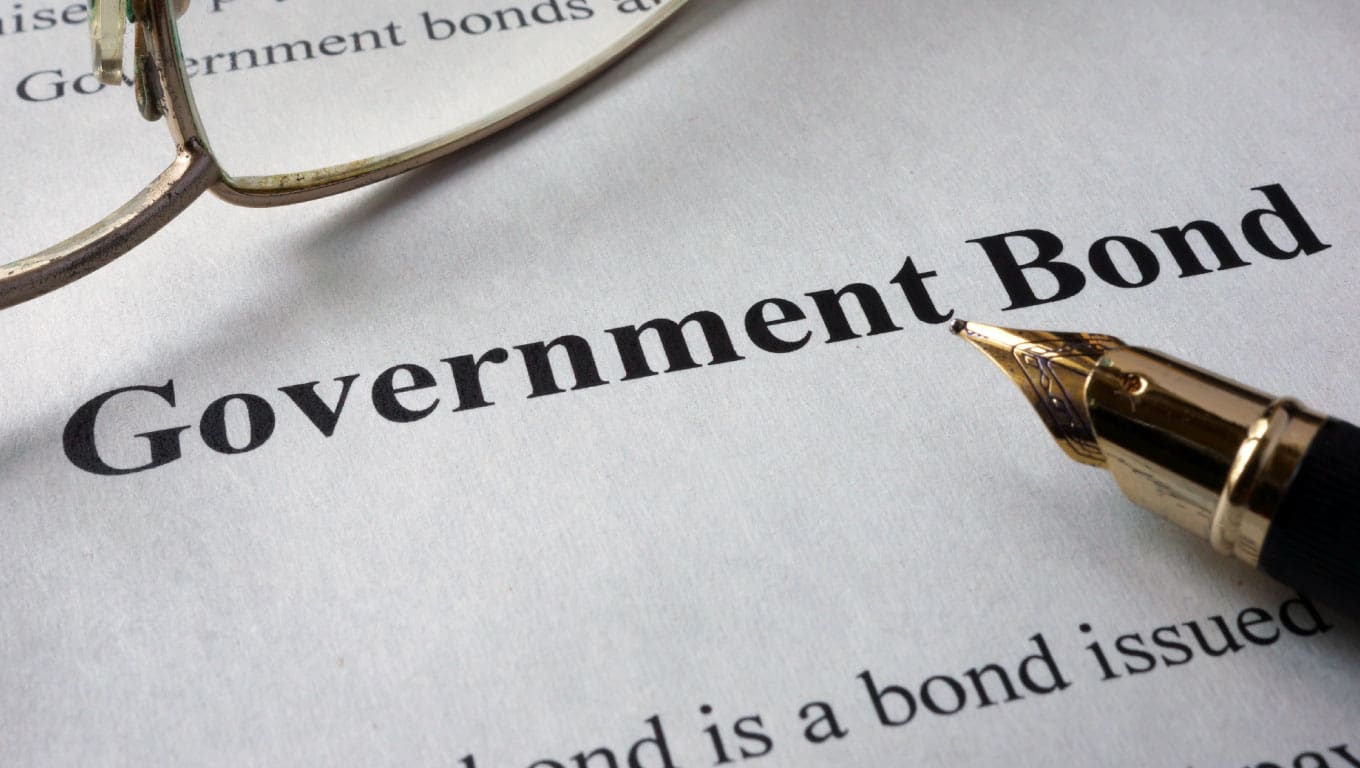Leggi questo articolo in Italiano

What are bonds? Simple guide for investors
By Gabriele Brambilla
Let's learn what are bonds, types of bonds, and see if they are assets worth investing in

Introduction to bonds
After discovering what stocks are, how they work and where they are traded, in this article we will turn to another pillar of finance, namely bonds.
After understanding what a bond is and how it works, we will move on to the security and earnings aspects. Finally, we will spend a few lines discovering the market for these financial assets. At the end, you will know everything you need to approach bonds.
Index
What are bonds?
Let’s start at the beginning: bonds are financial assets that consist of debt securities issued by an entity (such as a state) or a company, for the purpose of financing its assets. Bonds are purchased by private and institutional investors, giving them the right to receive interest over time, as well as repayment of what is paid (at a set maturity)
The interest generated by a bond is called a coupon and is paid at certain maturities. These can be three months, six months or a year, but there are products in which coupons are paid more or less frequently.
In fact, the bond is a kind of loan that the investor gives to the issuer. For example, by buying bonds of company XYZ, we are going to provide it with money. In return, at maturity we will get back when lent, but over time we will also have collected interest.
As the name suggests, this asset obligates the issuer to repay the lender. However, there are still risks, which we will discuss below.
Generally, bond yields are low; savers value them for the greater security and certainty of getting a certain amount over time, although the latter claim depends on the type of product. This is one of the biggest differences between bonds and stocks: barring default, the former provide some gain, while the latter expose them to market conditions.
Moreover, another important difference between stocks and bonds lies precisely in the fact that the latter make one a creditor against the company or state that issues them, while with the former one becomes for all intents and purposes a shareholder.
"The bond is issued by a State or corporation to raise capital"
Bonds vs Treasury Bonds
The difference between bonds and debentures does not exist. Only the issuer changes, but otherwise the product is pretty much the same.
Safest bonds
The safest bonds are probably those mentioned in the previous paragraph, namely TreasuryBonds. The reason is simple: the investor is lending money to a country and not to a corporation, large or small. The danger of default is therefore very small.
Clearly, risks remain, however. Should a state experience economic difficulties, perhaps reaching default, investors may not receive the money they are owed.
Government bonds are periodically ranked according to risk. In Europe, the most attractive and safe ones are German Bunds, issued by Germany. The economic return is certainly not exciting, but one can sleep soundly. After all, these are products that do not aim for big gains (unless huge capital is invested), but for certainty and security.
US treasury bonds are always very appreciated and pretty safe, but the national debt is increasing a lot.
As in any other investment, the risk-return appetite pairing makes a difference. A person can be very conservative, as well as risk-averse. Depending on this and the gains associated with a certain product, one may consider whether to invest in it or move on to something else.

Bonds yields
How much can you earn from bonds? And which bonds yield the most?
To answer these questions we would have to open a maxi-chapter and cite an endless amount of historical and current data, not arriving at any certainty. Basically, we cannot say what the bond yield is, because the supply is wide and, consequently, the numbers also vary quite a bit.
Just to give very general examples, an investment in bonds could generate yields even below 1 percent per year, as well as go up and bring significantly more attractive gains.
Again, bonds have specific risks and potentials. It is the investor himself who has to make the decision: to invest in bonds or not to? And if so, what products might be suitable for the risk profile, objectives, capital and overall composition of the portfolio?
The already experienced investor knows what we are talking about. Those who have been operating in the markets for less time, on the other hand, may be very confused.
In short, the approach to investing should not be reduced to saying “I’ll buy €5,000 in bonds and go”, but requires us to assess our goals and decide accordingly how to allocate that €5,000. For example, perhaps we could invest 500 in cryptocurrencies (bitcoin?), 1,000 in stocks, 1,000 in corporate bonds, and 2,500 in government bonds. The breakdown is totally random and is only meant to convey how complex things are-don’t take it as a cue.
"There is no set, general yield: it depends on the product"
Bond market: where to trade them
Every State has is own market, which is regulated and safe for investors.
Through a wide choice of banks and investment brokers, it is now possible to invest in these assets with minimal effort.
We urge you to properly inform yourself before proceeding and, if necessary, consult a subject matter expert so as not to make any missteps. With all due care, bonds will play an important role in preserving and growing the portfolio, especially helping to dilute the risks brought by more “dangerous” assets.